The Different Types of Fish Farming in Nigeria
Fish farming has its techniques, styles, and approach. There’s a need to be familiarized with the different fish farming methods to succeed in the fish farming business. Before deciding on which fish farming methods to use in your fish farm, read through this resource to help you make the best decision. Fish farming, also referred to as Pisciculture, is a branch of agriculture that focuses on rearing fishes for subsistence or commercial purpose.
Fish farming could be anything in-between growing fingerlings (small fishes) in a body of water, natural or artificial, nurturing them, and selling matured fishes to selling fish by-products. It would be best to set up a fish farm in Nigeria because fish farming is one of the most profitable Agricultural businesses in Nigeria.
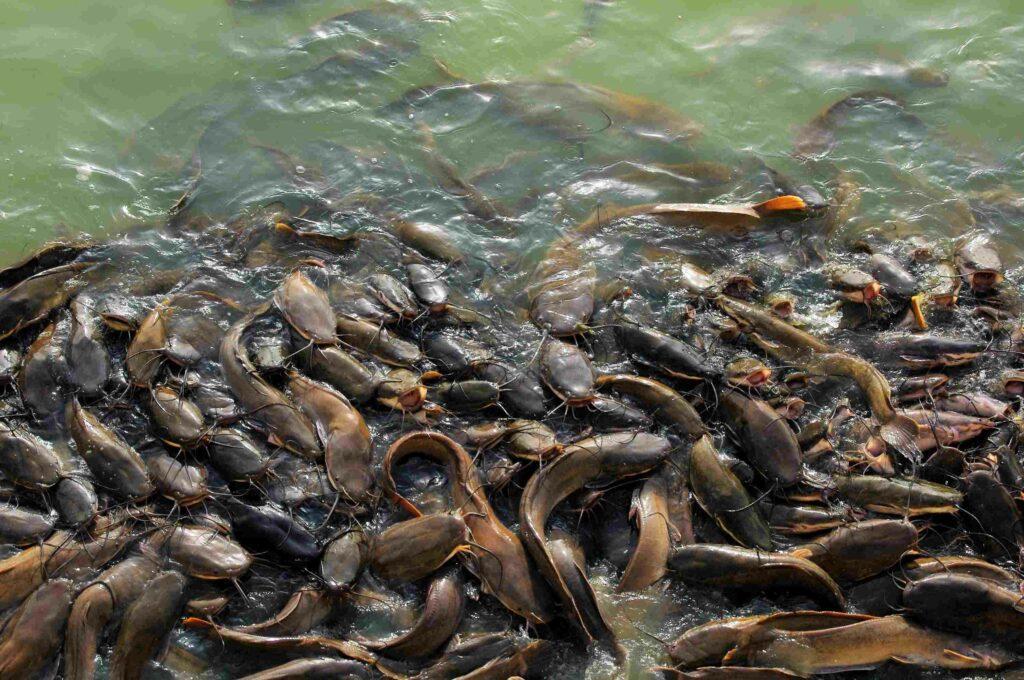

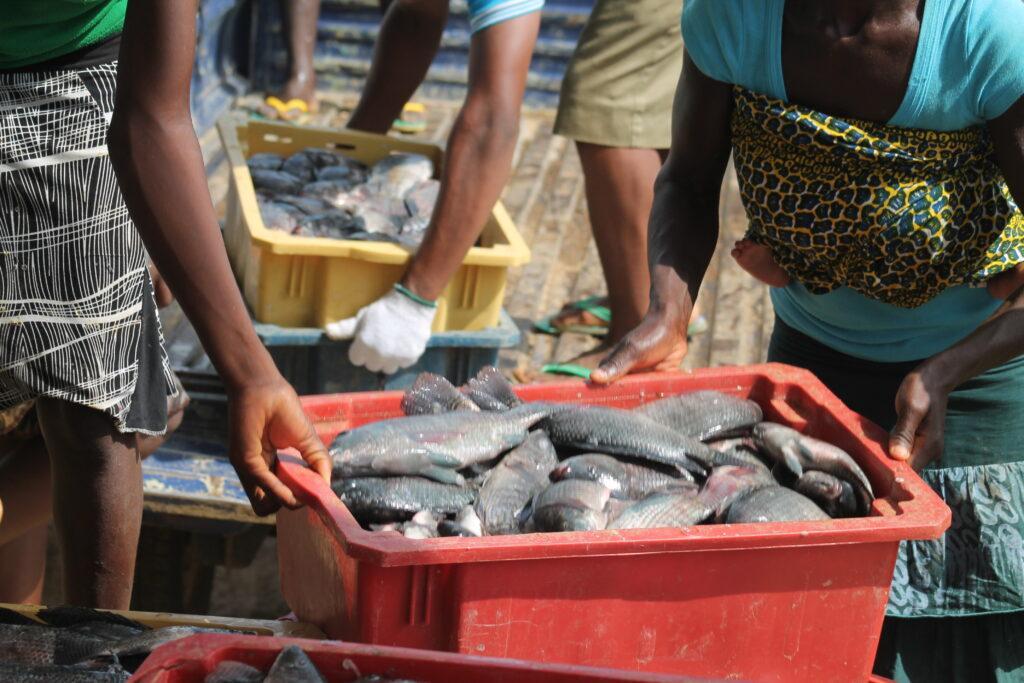
This is so because many Nigerians eat fish more than any animal product. Also, fish farming is easy to set up, generates high income, and is highly flexible. You can rear all kinds of fish species, although the best fish to farm is catfish. You can also consider common species of fish like Tilapia, Salmon, Carp, and Trout. Depending on your fish farming project, budget, and availability of space, you can engage in one or more fish farming methods simultaneously. The types of fish to rear also depend on the fish farming methods. There are 4 different types of fish farming systems that are discussed in this article. We have covered the fish farming pros and cons to help you choose the most suitable one for you.
Extensive fish farming system
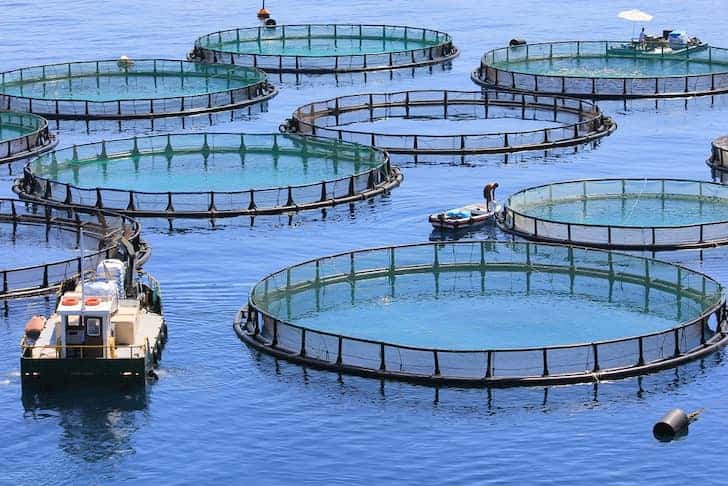
In an extensive fish farming system, the fishes are cultured in a semi-natural environment (an already existing natural water body like a pond) and nurtured with natural foods, like earthworms, insects, and aquatic plants. The extensive fish farming system allows the rearing of different fish species, including tilapia fish farming. There’s a need for special fish farming equipment to increase production. Animal waste is introduced into the extensive fish farming system to develop water plants (algae, zoo planktons) for the fishes to feed on.
Advantages
- Zero Labour input
- Zero fertilizer and natural food supply from algae, zooplankton, etc. that requires photosynthesis for growth
- Fishes thrive in an unrestrained natural environment because there’s plenty of room and space
- Less production cost equals less selling cost. Hence, fish reared under the extensive fish farming methods are quite affordable and not pricey.
Disadvantages
- Yield is usually low, and fish farmers do not get high returns
- It uses up plenty of lands that can be used for other agricultural practices
- The easiest fish to farm in an extensive fish farming system are Catfish, Carp, and Tilapia. A good example of an extensive fish farming system is the pond or irrigation ditch system.
Intensive fish farming system
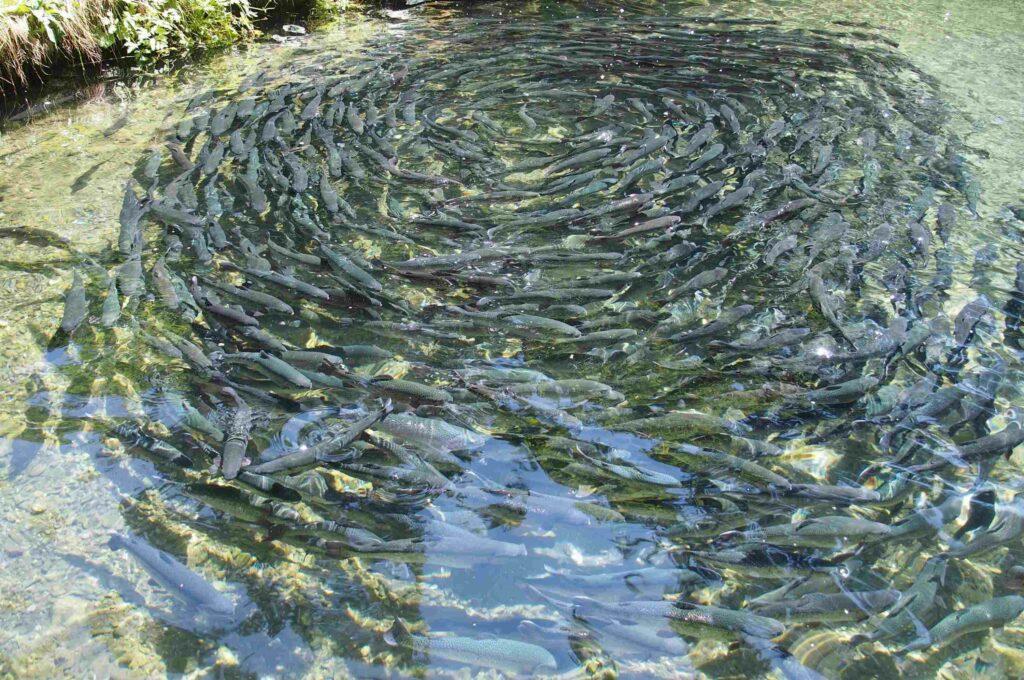
The intensive fish farming system brings a high fish yield. It allows cultivating large numbers of different species of fish in a closed-circulation tank or flow-through raceways. With the extensive fish farming system, fish farmers in Nigeria can get maximum yield from a small portion of land. But that’s not all. The intensive fish farming system allows easy control of water quality, oxygen, and external food supply or supplements like pellets, corn, and soy. An extended water purification system may be needed in this type of fish farming system.
Advantages
- The intensive fish farming system gives a higher yield compared to the extensive fish farming system. And more yield equals more revenue for fish farmers
- It requires small land spacing to monitor the growth of the different fish species and allows the other land spaces to be used for other agricultural practices.
Disadvantages
- It requires more labour input than the extensive fish farming system
- It involves the use of chemicals fertilizers that can cause undying damage to the soil and contaminate water bodies
- It is an expensive type of fish farming system, requires high capital to start
- Fishes may not thrive due to the limited amount of space caused by overcrowding.
- The system requires high stocking density that can increase risks of diseases and sometimes death among the different fish species
Other types of fish farming methods

Flow-through fish farming system
The Flow-through system is also known as traditional fry fish farming. The Flow-through system is used for rearing sports fish. In the Flow-through system fish culture, the eggs are cultured to the fry stage in a well-constructed tank filled with fresh water. The fry is fed with fish foods in pellets while they access plenty of space to grow. The type of fish raised at the farm is used to stock streams for sport fish.
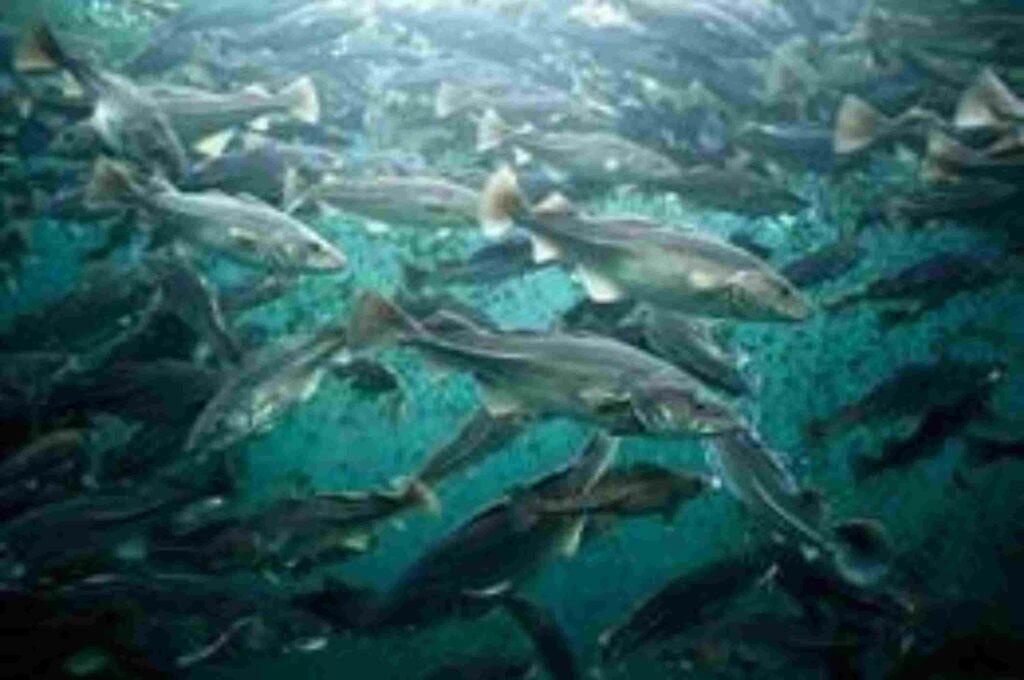
Ranching fish farming system
The ranching fish farming system is another fish farming system that allows increased fish production and a profitable fish farming business. In the Ranching fish farming system, fry or fingerlings of a species of fish are held captive and released into water bodies to grow without supervision. The matured fishes are then harvested upon reaching adulthood. Ranching is typically used to rear migratory species of fish and even non-migratory species.
Conclusion
Without mincing words, the Fish farming business is highly lucrative and easy to set up. Fortunately, the different types of fish farming methods allow flexibility in fish production. So, whatever your budget is, you will get a suitable fish farm for yourself. In summary, the indoor fish farming system is expensive yet brings high yields compared to the affordable, extensive fish farming system with a low output. But the good news is that you can engage in several types of fish farming simultaneously. It depends on your money capability, land availability, and workforce availability. Good luck with your fish farming business.




